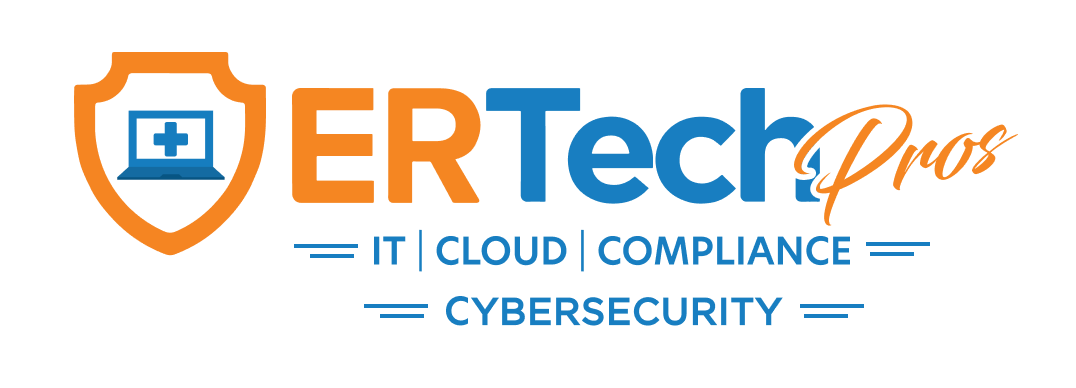“Getting new clients is difficult enough – now I have to worry about getting them to show up, too?”
Every medical clinic or practice is eager to fill up their day with patient appointments. But no matter the effort, every healthcare organization, big or small, is bound to experience no-shows. In fact, the healthcare industry loses over $150 billion from patients ditching their appointments. An individual healthcare facility loses an average of $100,000 to $150,000 annually and around $150 to $200 per missed appointment.
Let’s start with defining the problem:
What is a patient no-show and why should we care?
A patient no-show is when the patient does not show up to their scheduled appointment. Patient no-shows and last-minute appointments mean lost opportunity, staff effort, time, and payroll money. You could have filled the slot schedule with someone else – instead it has become a vacant seat in the waiting room. When patients do not show up for their scheduled appointment, they are denying other patients the care they need.
There are several factors that cause no-shows. This can range from patient behavior and financial reasons, organization’s policies and culture, as well as environmental factors.
How can health organizations reduce their patient no-show rate? A robust IT strategy that comprises an omni-channel communication system, automated processes, and effective policies are some tactics that can address these issues.
Draft a No-Show Policy
Establishing a no-show policy must be implemented for every healthcare organization, and it must be disseminated properly and effectively. More often than not, patients who miss appointments are unaware that such policy has been put into place.
Communication is key. A follow-up should be standard as it can expose the cause of the no-show. Even as simple as creating no-show letters can decrease ditchers as clients are made aware of your policy and repeat offenses will result in penalties or removal. Keep in mind that when crafting your policy, you should emphasize the impact of how missed appointments can affect other patients.
That said, this shouldn’t be a blanket policy to apply to all. This should be done on a case-to-case basis, depending on the patient. You must review whether the patient has been doing this habitually or if they really had a one-off emergency situation. A good majority of no-shows only make up 10% of your pool – target the chronic ditchers and consider allowing them only appointments made on the same day or a day ahead.
You can hold patients accountable by keeping their credit card information on file. It will then be the facility’s discretion whether a charge is appropriate.
Keep a Slim Waiting Room
If you do have a chronic ditcher seeking an appointment, you can consider double booking them at your discretion. Many clinics overbook to account for the no-shows, but avoid overdoing this. Long waiting times and a full waiting room can turn off patients. In fact, many patients view long wait times as disrespectful.
Instead of overbooking, focus on streamlining your scheduling system instead. A
scheduling software can effectively and efficiently manage your patient schedules while maximizing practice revenue.
Set Up Omni-channel Appointment Reminders
Did you know that the majority of patients said they want to be reminded of their appointments?
Significantly reduce patient no-show rate with a reminder system. Electronic reminders such as texting or calling patients prior to appointments can be manually performed by your front office, but this is limiting – patients can still forget and miss appointments.
It is found that patients prefer frequent and consistent contact across all communication channels. Phone, email, and text can help relay the message more strongly and reduce your now-show rate. You can also add calendar reminders and automate notifications to help streamline the process.
During the patient intake process, collect information on communication method preferences. Not everyone prefers the same outreach methods, make sure you get consent and respect the privacy and preferences of the patients.
Create a Patient Waiting List
In case of emergencies, a patient waiting list can help the practice save time and money. A mass notification can be sent to the list so patients can call you rather than the other way around, saving you the effort of calling patients one by one to see if they can fill up the empty slot.
Increase Patient Engagement
Get your patients to be more involved in their healthcare, through innovative technology including patient portals, mobile apps, telehealth, and wearables. Connect with patients and deliver seamless experiences in real time, from anywhere and on any device. Through
cloud-based communications, you can deliver fast, efficient, and reliable telehealth services to your patients. This increases their satisfaction, and in turn decreases no-shows and can even
increase patient volume.
Set up Patient Recall System
This type of automated system is a simple reminder message letting them know it’s time to reschedule. It helps the consistency of patients and even brings back patients whom you haven’t seen in a while, with whom you can hopefully reconnect and resume engagement.
Streamline Your Processes
Operational efficiency can significantly boost staff productivity and patient satisfaction. By investing in the latest
hardware and top-of-the-line software, you can seamlessly automate your front offices, which significantly helps in reducing workload and improving the patient experience.
When lean six sigma is applied in the hospital and clinic setting – along with a combination of the aforementioned practices – it has been shown to effectively reduce no-show rates.
Conclusion
Last-minute cancelations can be a hassle – but unavoidable. No medical practice or facility is immune to this issue. Although you can’t control if patients will show up or come on time, a patient scheduling platform can be a massive time saver and profit maximizer. Patient scheduling can be easy to do in itself, but it can be a challenge when patient decisions of showing up (or not showing up) can be so arbitrary.
Practice management comes with many challenges, but patient no-shows don't need to be one. Let intuitive technology take the guesswork out of patient appointments through smart data and automation.
If you’re confused about how to craft your IT strategy, it’s best to leave it to the experts. ER Tech Pros is here to help transform healthcare through tech. We have the technology and the teams to optimize office management, reduce redundant costs, and increase revenue, while optimizing patient care and experience.
Transform the way you deliver healthcare with data and technology. If you’re interested in taking your practice to the next level with proactive IT support, secure cloud environments, and HIPAA-compliant processes, reach out to us.















